US, Israel discuss "two states"
President Biden and Prime Minister Netanyahu spoke by phone on January 19 (local time), a day after the Israeli leader reaffirmed his opposition to any form of sovereignty for the Palestinians. After the conversation, Mr. Biden said Mr. Netanyahu did not oppose any "two-state" option.
"There are a number of different versions of the two-state solution. There are a number of countries that are members of the United Nations that don't have their own militaries… And so I think there are a number of ways that this could work," Biden told reporters at a White House event, The Times of Israel reported.
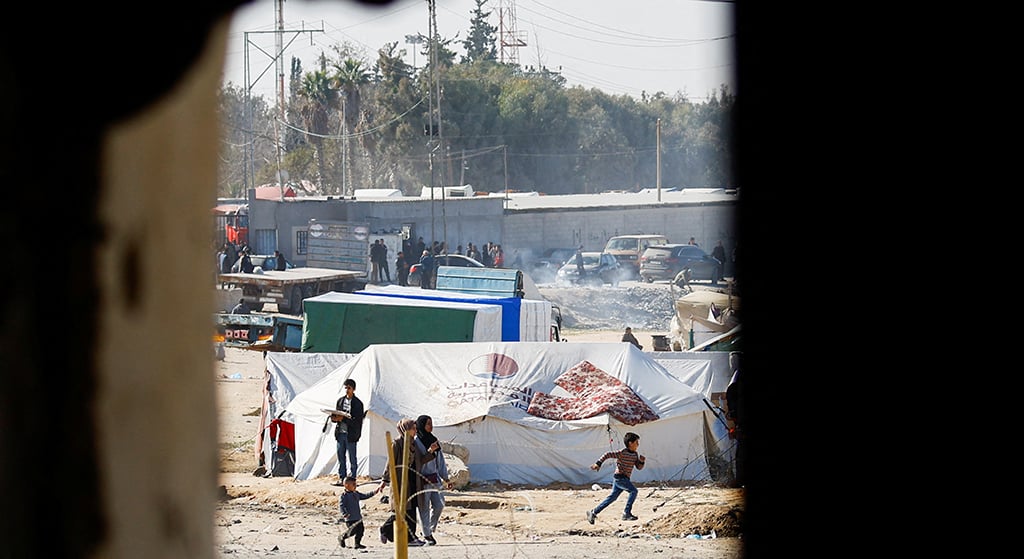
A tent camp for refugees in Rafah, southern Gaza
The US administration has pressed Israel to minimize casualties in Gaza even as it maintains strong support for Netanyahu in the fight against Hamas. But the two allies disagree on the need for a Palestinian state, a solution that Biden favors for lasting peace.
In a press conference on January 18, Mr. Netanyahu said he had told Washington that Tel Aviv "must have security control over all the territory west of the Jordan River," admitting that this "contradicts the idea of Palestinian sovereignty," according to Reuters. He also said that most Israelis do not support the "two-state" solution and that he will always oppose this idea.
Israeli Prime Minister firmly says no to US on establishing Palestinian state
Against this backdrop, the Israeli military stepped up its attacks in southern Gaza on January 20, focusing on the city of Khan Younis. Palestinian media also reported heavy fire around the Jabalia area in northern Gaza on the same day. The Hamas-run Gaza Health Authority said on January 20 that the conflict had killed at least 24,927 Palestinians in the territory.
Tensions escalate outside Gaza
The fighting has also spilled over into the surrounding region. While the Israeli army and Hezbollah in Lebanon regularly exchange fire across the border, Iran-linked groups have stepped up attacks, pushing the Middle East closer to a regional war.
Since last weekend, the US and its allies have been conducting airstrikes against the Houthi movement in Yemen, which has recently targeted ships in the Red Sea. Most recently, the US military’s Central Command (CENTCOM) said on January 19 that it had destroyed three anti-ship missiles that it determined the Houthis were about to fire into the southern Red Sea.
A top Hezbollah official warned on January 19 that Israel would receive a “real slap in the face” if it expanded fighting along the Lebanon-Israel border. Earlier, Israeli Defense Minister Yoav Gallant said the country was ready to “achieve security by force” on its northern border.
Firing missiles at each other, Iran-Pakistan still want to avoid conflict
In a notable development, Israel carried out a missile attack on a building in the Syrian capital Damascus on January 20, killing five people, according to the Britain-based Syrian Observatory for Human Rights. The monitoring group said the building was in a high-security area where commanders of Iran’s Islamic Revolutionary Guard Corps (IRGC) and leaders of pro-Iran Palestinian factions reside. The attack occurred while the officials were meeting in the building, and Reuters reported that four of those killed were IRGC members.
Source link





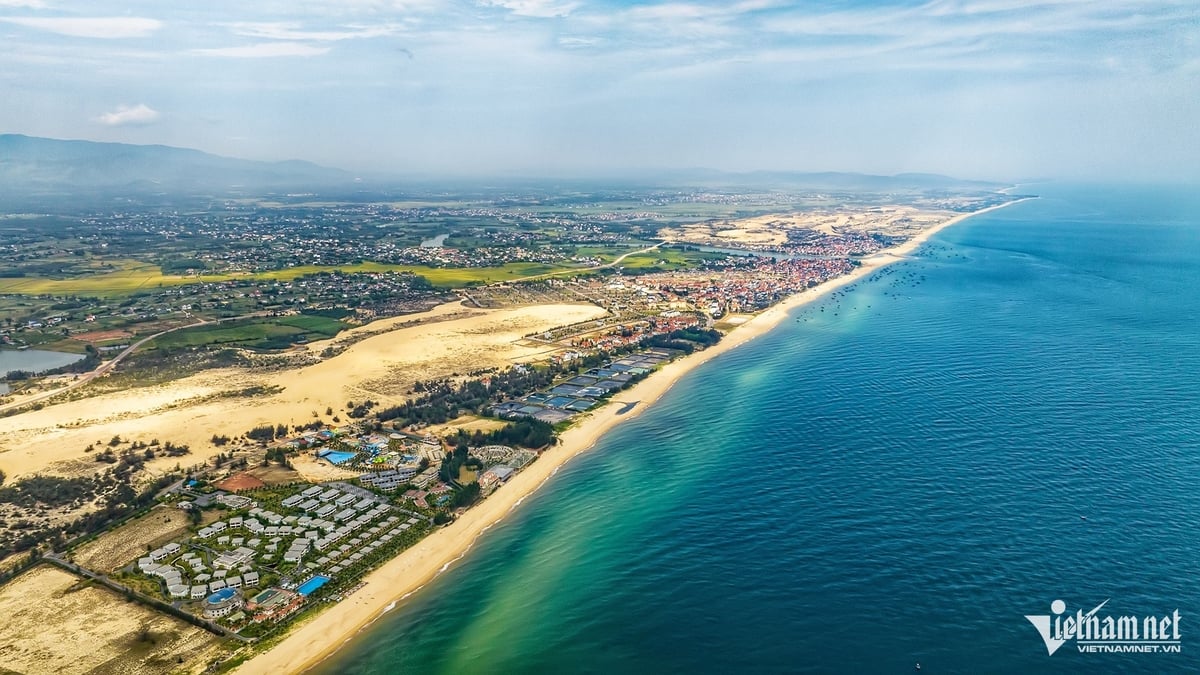
![[Photo] Prime Minister Pham Minh Chinh chairs Government Standing Committee meeting on Gia Binh airport project](https://vphoto.vietnam.vn/thumb/1200x675/vietnam/resource/IMAGE/2025/5/10/6d3bef55258d417b9bca53fbefd4aeee)



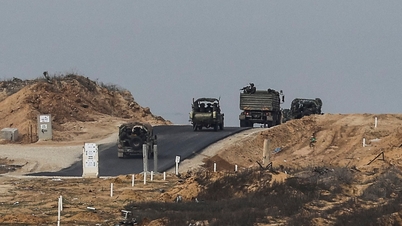










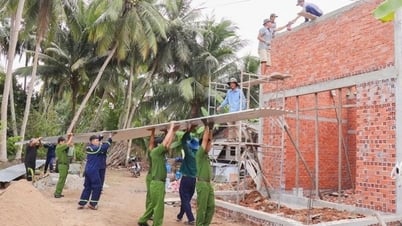










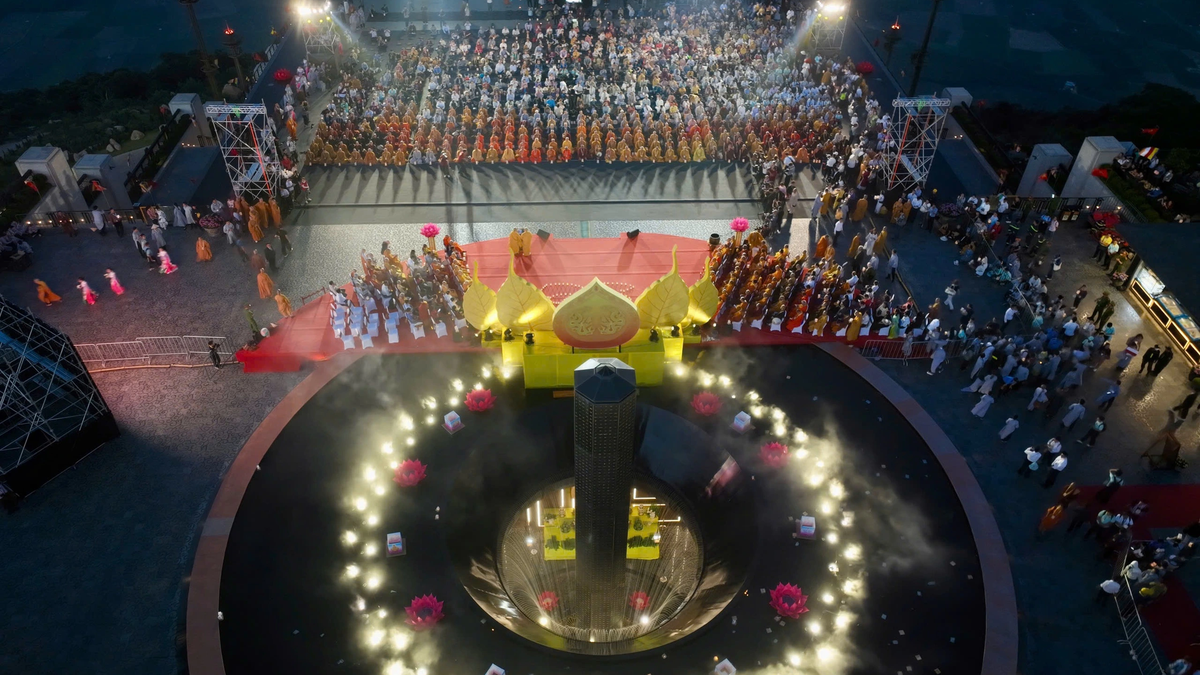








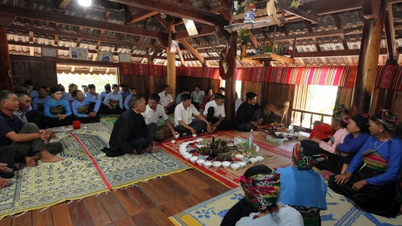

























































Comment (0)